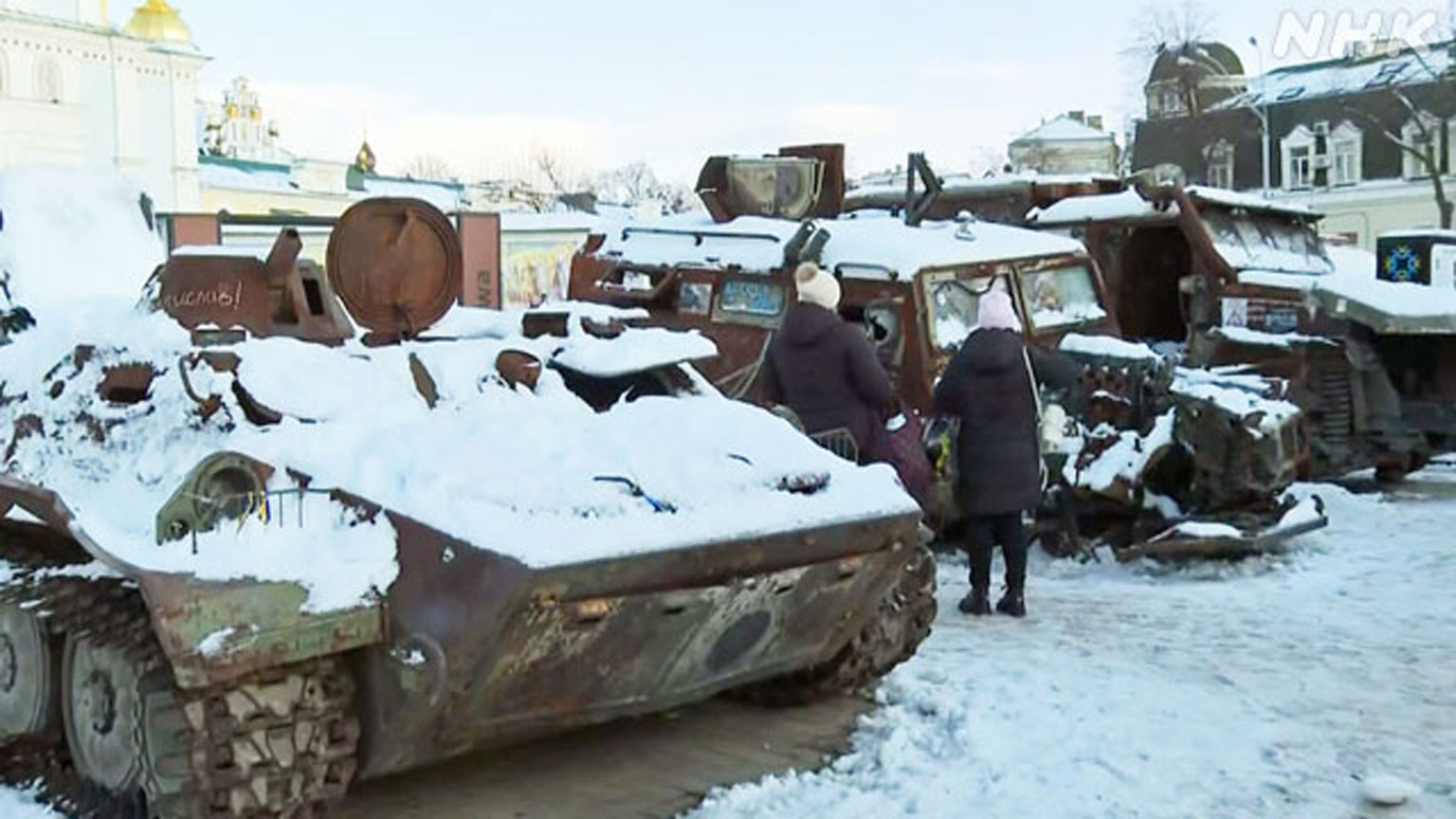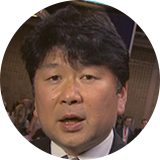Faced with a prolonged war, the Ukrainian government is now focusing on strengthening its air defenses and the effectiveness of its drones.
NHK reports on the battle to keep Russian missiles and other threats out of the skies over Ukraine, and how a strategy centered on cutting-edge technology might defeat the Russian military.
Drone strikes hit Kyiv
Our reporting team entered Kyiv on November 24. Soon after, 75 drones, said to be the largest such fleet ever fielded by the Russian military, flew into Ukrainian airspace. According to a report, 74 of the drones were shot down by the Ukrainian military.
We went to a kindergarten in Kyiv to ask how drones like these threaten the lives of civilians.

After receiving permission to film inside, we entered the rubble. What was a structure that provided a space for young children to learn and play has been mostly erased.
"It happened in the middle of the night, so there were no children here," said kindergarten director Liliya Kosanchyuk. "If this had happened during the day when children were here, it would have been a tragedy. It is still a disaster that these children lost their kindergarten. When we hear an air-raid alarm, we evacuate the children immediately, and I worry about getting out in time."
Dealing with drones
We spoke to members of the mobile air defense unit of the Ukrainian military about how they are responding to attacks by unmanned aircraft from Russia. The unit is kept deliberately small, as mobility is a priority. There are more than 100 such drone units deployed in and around the Kyiv region.
Since the Russian invasion began, air defense units there have intercepted approximately 18,500 flying craft. More than 4,000 of these were drones. During our interview with the drone unit, an air defense alert was issued, indicating that Russian aircraft were mobilizing in the area. With the drone unit ordered to stand by, the soldiers grew visibly tense and took up positions in readiness to intercept an attack. The state of alert lasted for nearly two hours.
The units are equipped with tablets that help them locate and intercept all types of flying craft. Although we were not allowed to take pictures of the process, they respond to alerts by visualizing the movements of approaching enemy drones.
A clear view of threats on the horizon
We interviewed the commander of an air defense unit that protects the skies over Kyiv. "The interceptor system allows us to relocate to intercepting positions when an alert is sounded and we are given a mission. We have shot down nearly all incoming drones," said Lieutenant General Anatoly Krivonozhko, Commander of the Ukrainian Air Command.
The system used is known by the code name Delta. It integrates information from soldiers on the ground with data gathered by radar, drones and other means of reconnaissance. This aggregated information on any flying craft entering Ukraine allows its military to accurately map the entire airspace in real time.
According to the Delta administrator, the system is crucial for detecting, tracking and intercepting incoming craft.
Fighting fire with fire
The Ukrainian military is deploying its own drones above the battlefields.
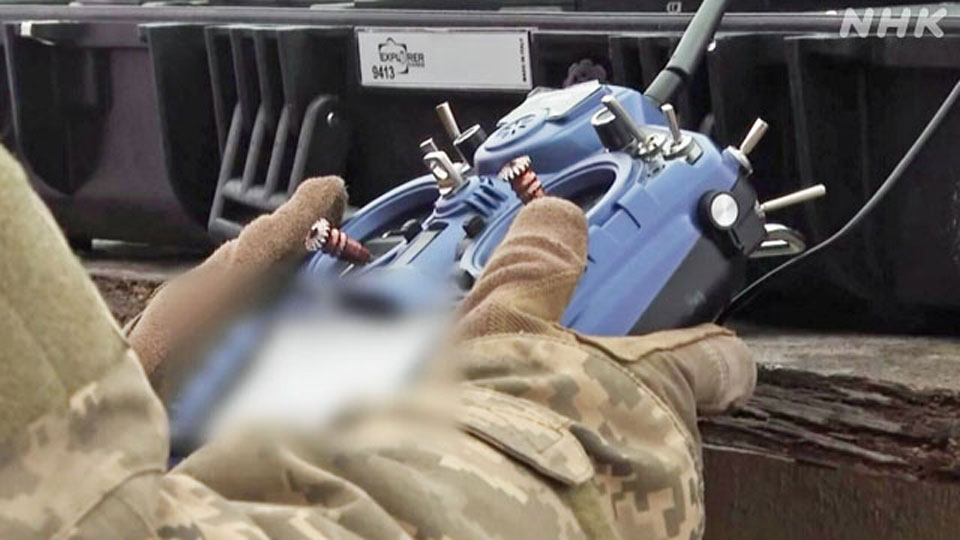
As the technology powering the drones advances, training soldiers in drone-operating skills has become an indispensable part of warfare. In anticipation of the harsh winter battles ahead, Ukrainian soldiers are also preparing to operate in strong winds and snow.
"Drone usage is advancing so quickly that the enemy is constantly studying us and we are studying them. All we can do is try to stay one step ahead," says a drone operation instructor.
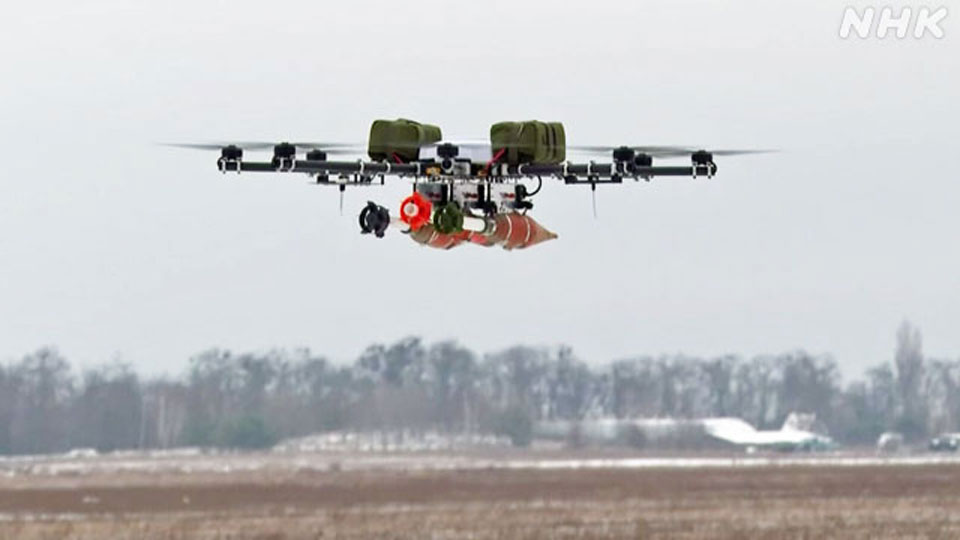
AI and drones
One rapidly advancing aspect of drone technology is the application of artificial intelligence to assist soldiers piloting the aircraft and greatly improve their accuracy.
A technician explains that artificial intelligence acts as an assistant to the pilot. Human capabilities are limited, and AI can be of great use, according to the operator.
Mykhailo Fedorov, Ukraine's deputy prime minister and minister of digital transformation, is open about using AI-equipped drones. He recently claimed in a social-media post that his country's operatives had destroyed 220 pieces of Russian equipment in the course of a week.
In addition to the 2,000 AI-equipped drones already sent to the front lines, Ukraine is developing autonomous models that can strike without human intervention.
A developer says these drones can think for themselves and attack targets on their own.
With target detection and even attacks becoming automated, there may soon be no need for humans to search for targets or pilot the drones. The company which produces the AI drones says they are nearly ready to deploy.
Expert Dr. Valery Borovik says they can be deployed, "as soon as tomorrow."
Experts point to the ethical quandary of letting AI drones make decisions on what to attack.
On the question of whether there is a danger of creating AI drones that cannot be stopped by humans, Borovik expressed a degree of concern. "Unfortunately, such a dangerous situation could occur in the future," he said. "You must understand that, right now, we are focused on protecting our country. But it is true that criminals or terrorists could use this technology in the future."
Ukraine's limitations
As the conflict becomes a war of attrition, Ukraine, which has a smaller population than Russia, is limited by the number of soldiers it can field. This is why it has been forced to rely heavily on drones and AI.
A senior Ukrainian security official we interviewed would not clarify whether or not Ukraine would actually deploy autonomous drones, pointing to ethical issues and the lack of international rules. Oleksiy Danilov stressed the importance of utilizing AI on the battlefield.
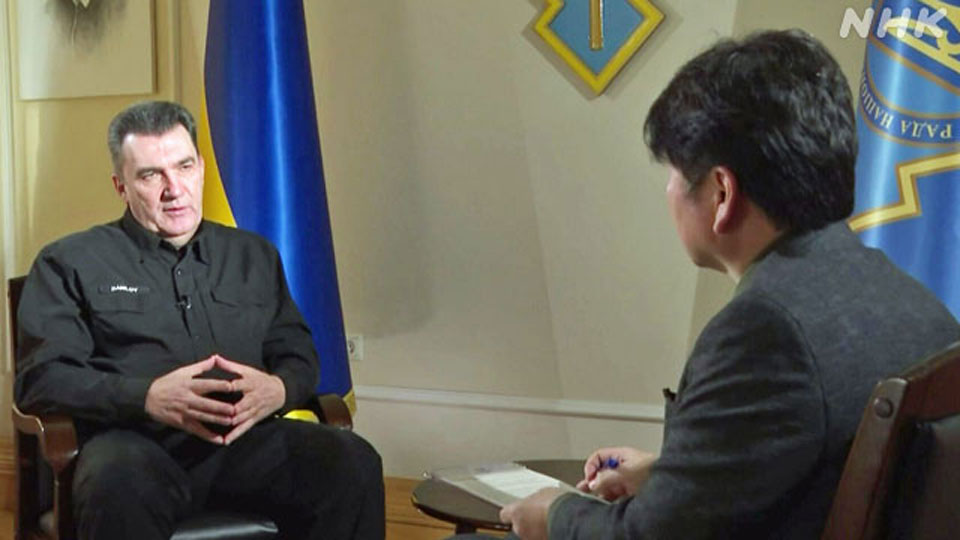
"When you combine Big Data and AI in one system, that is a very powerful weapon," said Danilov. "They will not be sent singly, they will be sent in so-called swarms. If you have seen swarms of bees attack, now the same will happen in modern war."
The Ukrainian government is promoting development of Ukrainian-made drones and weapons, while at the same time actively encouraging defense firms in Europe and the United States to join them. The goal is to foster a domestic defense industry through cooperation.
One of the reasons for this is the uncertainty over whether support for Ukraine will continue due to widespread war fatigue abroad. By deepening relations with arms makers in other countries before any shift in thinking in Europe or the US, Ukraine hopes to strengthen economic ties and establish infrastructure that will enable it to produce its own weapons and ammunition.
Facing domestic discontent
Meanwhile, the Ukrainian government is currently facing another major challenge — domestic discontent. Criticism has begun to surface over the government's treatment of soldiers.

In a show of dissent, hundreds of women gathered in Kyiv to protest. They made clear that they want their husbands and children to come back from the battlefield as soon as possible.
The demonstrators demanded clarification on the period of military service for soldiers mobilized for war. They claim that their husbands and children have been sent to fight indefinitely.
"I have been waiting for almost two years for my husband, who is fighting on the front lines," said one. "I hope he is safe, but his mental and physical health are in serious danger."
Another said: "Our soldiers are freezing in their shacks. They have nothing to eat, and no medical treatment. They should be given the right to come home."
Fingers pointed at forced conscription
When the invasion of Ukraine began, a general mobilization order was issued and men between the ages of 18 and 60 have since been subject to conscription. However, as the number of casualties increases, the shortage of soldiers has worsened.
In this time of crisis, the military has been accused of forcibly conscripting men in public places. One video published by local media shows a man in hospital for a checkup. He is seen being surrounded by military personnel and then being taken away while a doctor watches.
The man claimed that he would report for duty the following day but the soldiers insisted that he go with them immediately.
The video was reportedly posted on social media by the man's lawyer, and authorities in charge of hospital security have launched an investigation. Yet another media outlet reported on a man who was walking down the street when he was allegedly yanked into a car and taken away.
This type of behavior by the military is said to be a particularly serious problem in rural areas and some see it as a sign that the Ukrainian military is panicking about the shortage of soldiers.
The issue of corruption
Another problem that Ukraine faces is a type of corruption in which government officials accept bribes from draft dodgers.
The Ukrainian government has uncovered a group that hides draft dodgers in trucks to help them flee the country. In exchange for cash, the heads of some conscription offices exempt people from the draft or create false documents allowing them to leave military service.
In August, all the provincial heads of recruitment and conscription were removed from their posts.
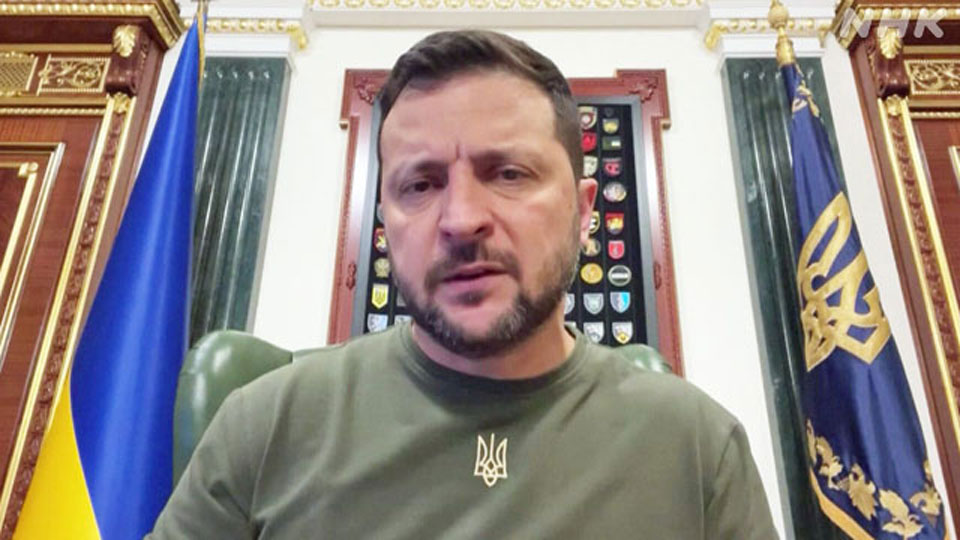
President Zelenskyy explained that, "the top officials under investigation will be held fully accountable without exception."
Revelations of corruption are seen as a major blow to the Zelenskyy administration. According to a poll released in October, trust in the Ukrainian government has dropped significantly, from 74% to 39%. Confidence in Zelenskyy has also declined, falling from 91% to 76%.
While we were in Kyiv, one demonstrator voiced dissatisfaction with the government: "There is terrible corruption. We must fight against enemies both at home and abroad. If we can't win against our domestic enemies first, we can't win against the foreign enemy."
Rising frustration
In the immediate aftermath of Russia's invasion, people in Ukraine came together and expressed strong support for their government and military.
Dissatisfaction with the prolonged war has now started to surface, with protests and demonstrations becoming a frequent occurrence in recent days.
There has been no clampdown on such rallies, in sharp contrast to the situation in Russia, where the government has no tolerance for any expression of dissent.
There is a risk that dissatisfaction could deepen in Ukraine, however, which could undermine the sense of unity that has bolstered the effort to defend the nation.
President Zelensky's efforts to combat corruption and review the draft system, including setting a time limit on the duration of conscription, have become a focus of attention as dealing with public dissatisfaction becomes a pressing issue.
Furthermore, there is concern that Russia may take advantage of this rift in public opinion to manipulate information. Senior officials in the Ukrainian government are also alarmed by this possibility.
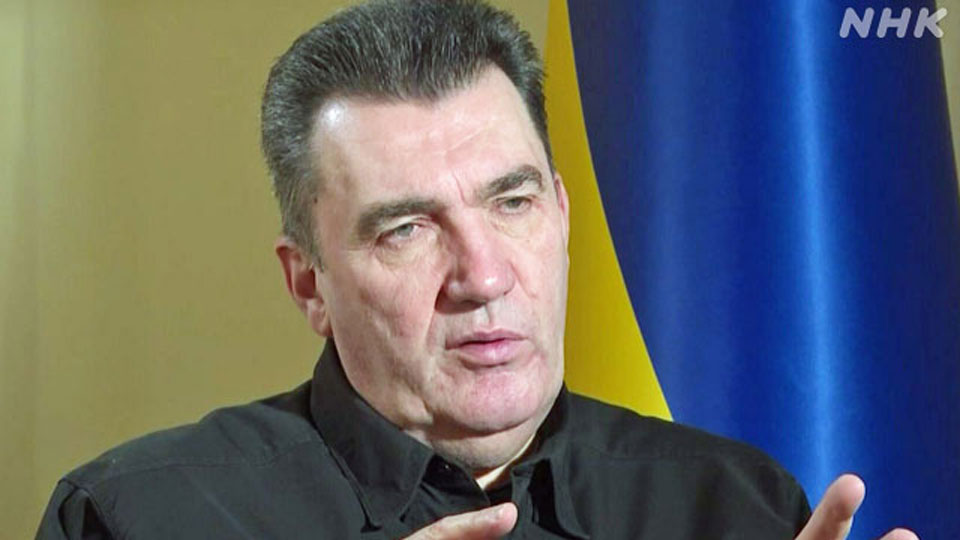
Danilov addressed the issue, saying: "We need social unity. The Russian Federation is making great efforts to create discord in our country. It is using social media to change attitudes inside our society. This is not only our problem, but also a problem for the whole world."
